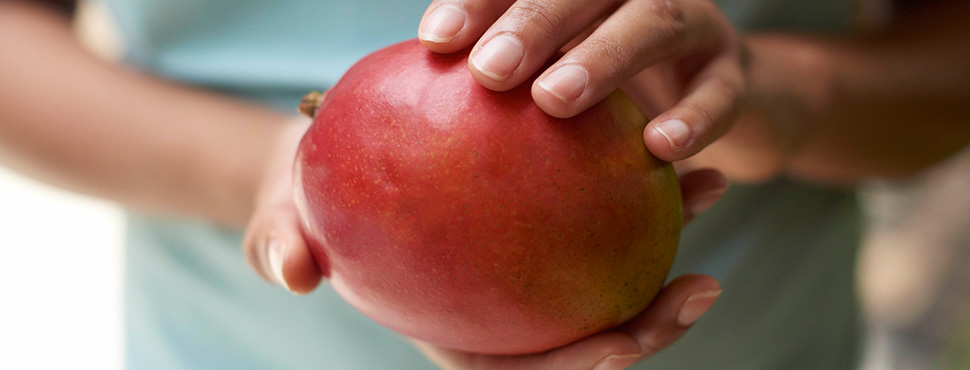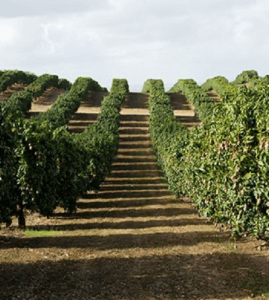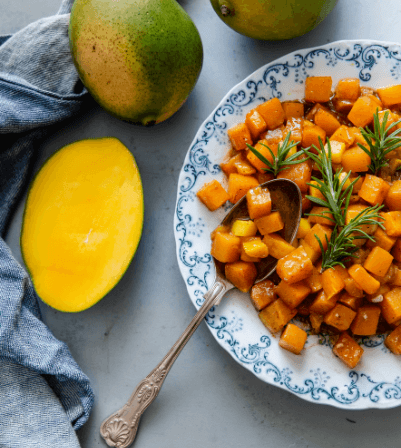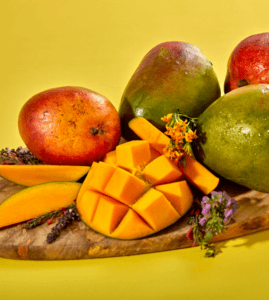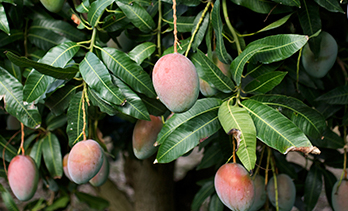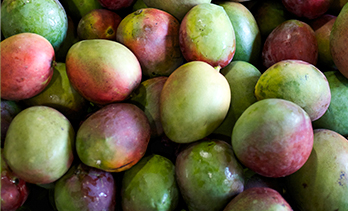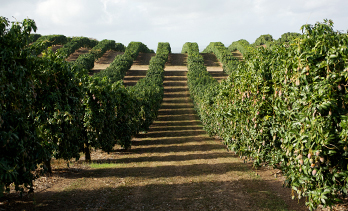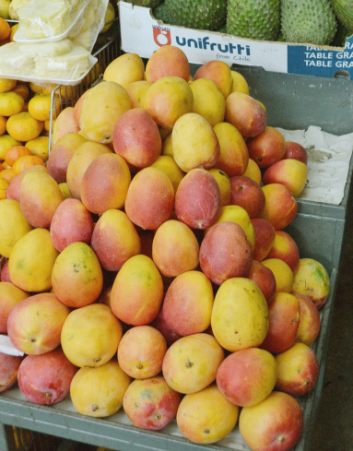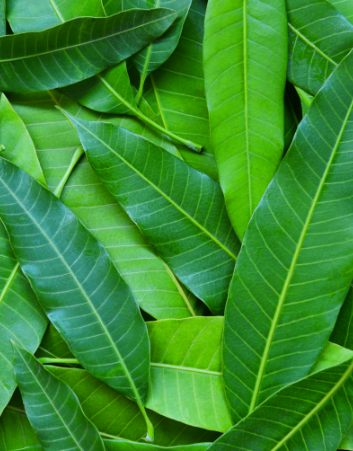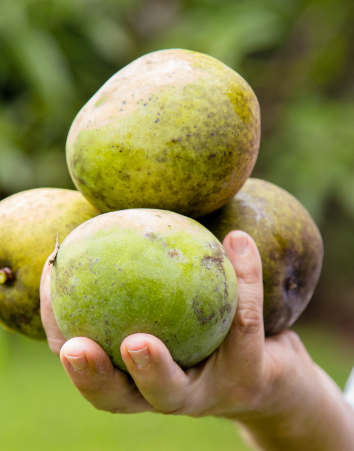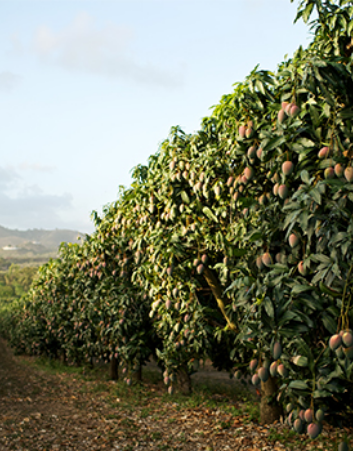Mango Ripening & Quality Assessment
RIPE AND READY TO EAT MANGO PROGRAM
This program provides retailers with a marketing advantage to sell mangos by offering the U.S. consumer a quality fruit that is ripe and ready to eat. Extensive consumer research demonstrates that ripe fruit has a higher acceptance with consumers, leading to higher mango sales.
The program has enlisted a ripening expert to design, implement and evaluate a ripening program for mangos. The ripening expert travels to select importers, retailers, wholesalers, and fresh-cut processors to determine their ripening capabilities and assess all the technical factors that can affect the success of the program. The ripening expert also audits mango in-store displays and storage rooms to provide helpful insights and suggestions to improve ripening. Audits includes: display temperatures, mango quality (internal and external), size of the displays, items stored with mangos, hazards that could affect mango quality, backroom temperatures, rotation system, staff knowledge, and more.
Following these audits, the ripening expert works closely with Quality Control (QC) personnel to test mangos and create a pre-conditioning and ripening practical protocol that will deliver a ripe mango to consumers. The expert also assesses the impact of the program on mango sales and volume at the retail and importer level.
HOW TO USE THE MANGO MATURITY AND RIPENESS GUIDE
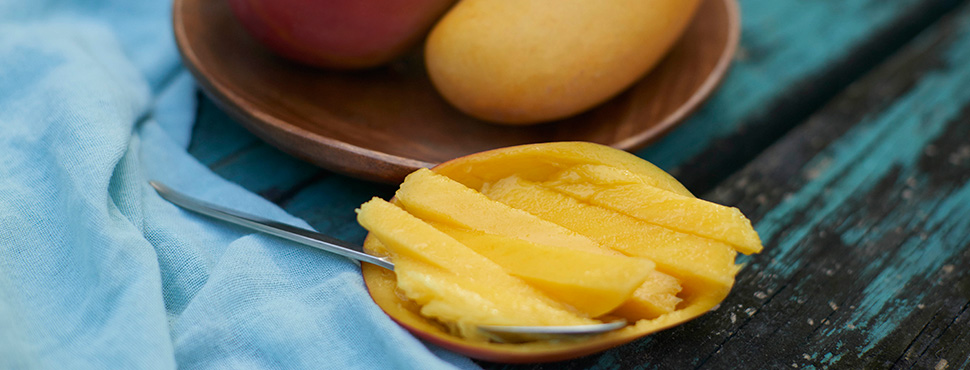
Evaluating mango quality at receiving is an issue for most receivers. The confusion over maturity, ripeness and quality continues to create challenges for the entire mango supply chain. The NMB is attempting to clear the confusion and provide understandable advice for quality assessment procedures.
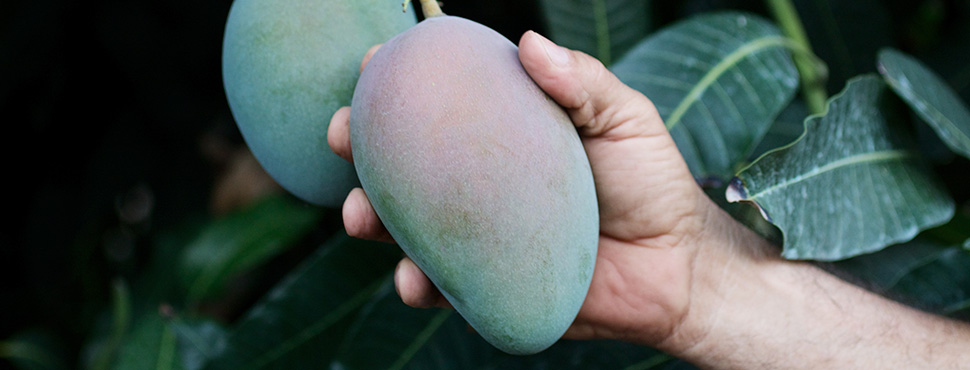
MANGOS — THE SUPERFRUIT YOU LOVE
Title
Title
Title
Title
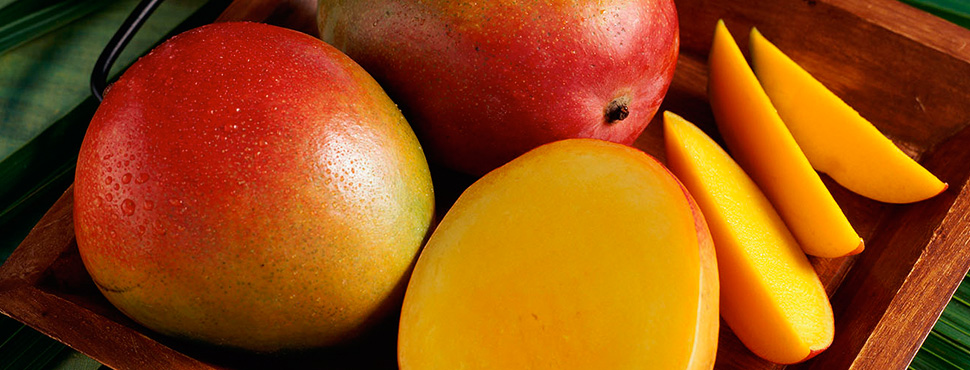
MANGO EXPECTATIONS AT RECEIVING
Title
Title
Title
Title
Title
Title
